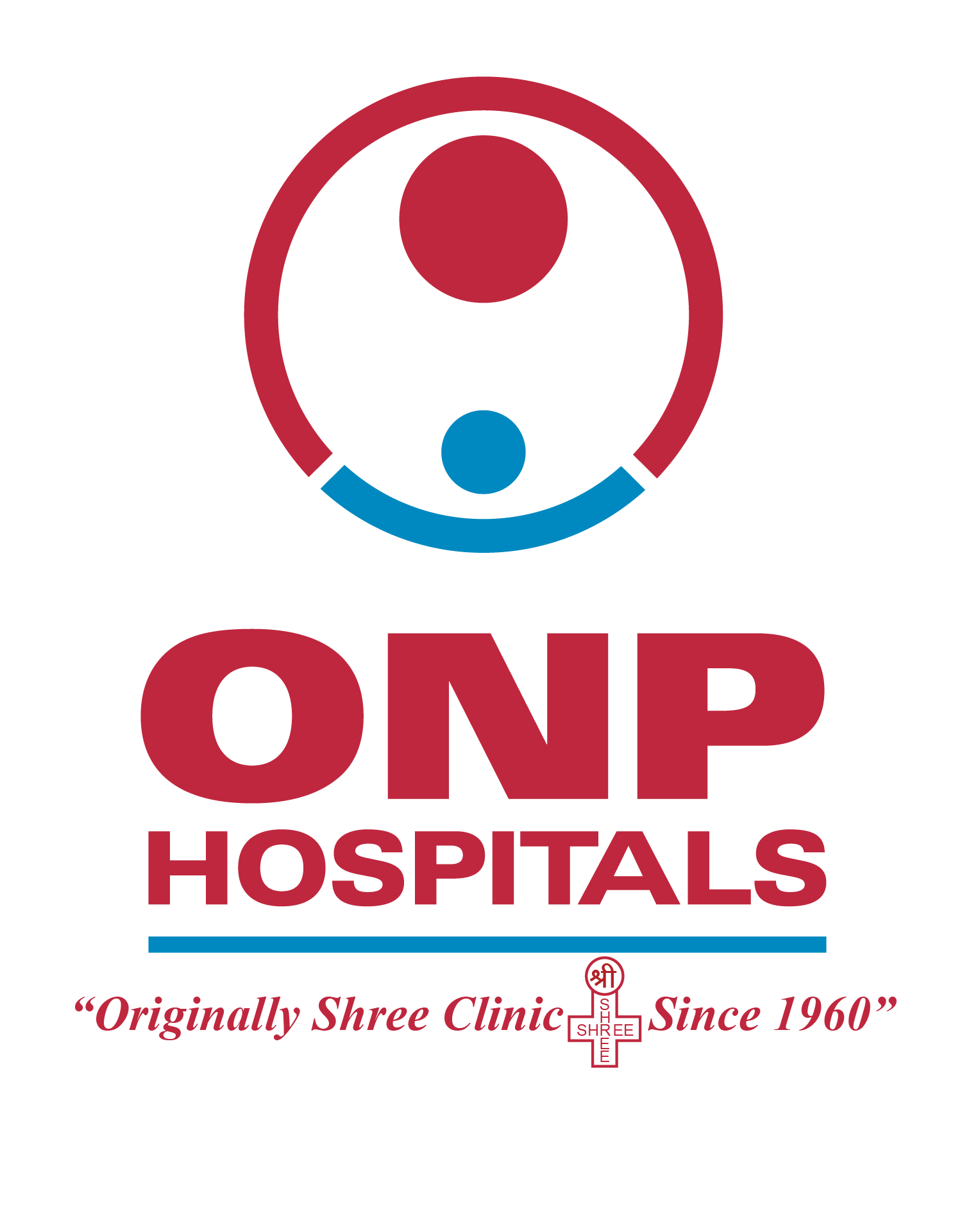Heart disease and the repercussions of blockages in the blood arteries that transport blood to and from the heart are recognizable to most Americans. However, only a small percentage of the population knows that plaque and cholesterol accumulation may induce blockages in arteries other than the coronary arteries. All arteries convey oxygen-rich blood from the heart to the rest of the body; thus blockages may develop in any one of them and have catastrophic consequences.
Vascular
Your veins and arteries provide oxygen to every living cell in your body, affected by vascular disorders. Think of your arteries and veins as highways or rivers. Trouble develops when there are traffic delays or road construction or when dams collapse. However, vascular disorders may typically be managed without surgery in the majority of instances.
Even if surgery is not required, a vascular surgeon should still be consulted. Except for the heart and the brain, vascular surgeons (neurosurgeons) are experts in treating all kinds of vascular problems. Atherosclerosis, for example, is a prevalent illness that affects the whole body, not just the legs.
More than 78 million people in the United States suffer from high blood pressure, according to the Johns Hopkins Medical Center. In addition, approximately 12-15 million individuals in the United States are affected by Peripheral Artery Disease (PAD), with a substantially greater proportion of undiagnosed cases.
- 24/7 Care
- Expert Doctors
- Modern Facilities
Everything you need to know about Vascular
What are Vascular Conditions?
The lymphatic system and blood arteries are both affected by vascular diseases. There are arteries and veins in the circulatory system, which transport oxygenated blood from the heart to the body’s tissues. The Spleen, Thymus gland, hundreds of lymph nodes, adenoids, tonsils, and lymph veins are all part of the lymphatic system. The lymphatic system consists of organs, glands, and veins that transport lymph fluid throughout the body.
There is a vast range of vascular illnesses and disorders that fall under the umbrella of the phrase “vascular ailments.” Some may be more popular than others. Some of them are life-threatening, while others aren’t even close to becoming emergencies.
Symptoms
Symptoms of vascular problems vary depending on the issue. Some don’t show signs until something severe happens. One example is carotid artery disease. It makes frequent medical treatment vital. It is the greatest way to detect risk factors and diagnose issues early before they become lethal.
Some of the most prevalent symptoms associated with vascular disease are dependent upon which body systems are affected. As a starting point, here are a few:
- Dizziness
- Problems with memory
- Leg pain or cramping
- Inflamed, dilated veins
- Persistent swelling in the arms or legs
- Skin ulcers or wounds that do not heal
- Weakness, coldness, or skin changes in the legs
- Signs that might signal a potentially fatal illness.
Types
The following are examples of vascular disorders:
Aortic aneurysms
The primary artery from the heart, the aorta, has several weak spots. It travels from your sternum to your umbilicus. It is a thoracic aortic aneurysm if it is located in the upper portion of the aortic arch. An abdominal aortic aneurysm is a lower abdominal aneurysm. Aneurysms may swell and expand, causing them to rupture. This condition may lead to life-threatening internal bleeding if left untreated.
Limb ischemia
Typically, there is a shortage of blood supply to a limb, such as the lower leg. Peripheral artery disease may cause this (PAD). If you have PAD, atherosclerosis will cause fatty plaques to grow up inside of your leg’s arterial supply lines. As a result, an artery may get clogged, cutting off blood flow to the brain and other vital functions. It may lead to tissue necrosis and the amputation of the limb if it is not addressed.
Varicose veins
It is possible to have aberrant veins that seem like they’ve been twisted or bulging. It happens when the valves in the veins are weakened or destroyed. Because the valves are no longer able to send blood to the heart, they cannot assist in this process. As a result, the vein might expand and weaken due to blood accumulating inside of it.
Carotid artery disease
The primary arteries in the neck are either obstructed or narrowed. These arteries provide blood to the brain. In many cases, a stroke is an initial symptom. However, before a stroke occurs, physicians can typically avoid it.
Vasculitis
Blood vessels are inflamed in this case. When the immune system erroneously attacks them. Certain blood malignancies, persistent infections, drug responses, and autoimmune illnesses like rheumatoid arthritis may also cause this reaction.
Vascular dementia
When the blood supply to the brain is reduced, memory loss and mental impairment may occur. Stroke and other medical disorders might cause this. Speech, thought, and conduct may all be affected.
Renal artery stenosis
The arteries that feed the kidneys are clogged. Also, atherosclerosis is the most typical cause of this problem. In the absence of treatment, this condition might lead to renal failure in the long term.
Marfan syndrome
The heart, blood vessels, eyes, and joints are all affected by this hereditary condition. Aortic aneurysm, heart valve difficulties, eye problems, spine abnormalities, and lung ailments may result.
Peripheral vascular disease (PVD)
Blood arteries outside the heart and brain are affected by this illness. It’s more common in the lower limbs. There is a high prevalence of atherosclerosis as the primary cause.
Aortic dissection
There has been tearing and separating of the aorta’s layers. Aortic dissection calls for immediate medical attention.
Lymphedema
The lymphatic system malfunctions, causing an accumulation of fluid in the arms or legs.

